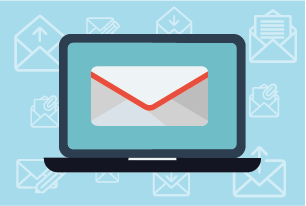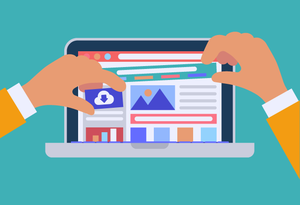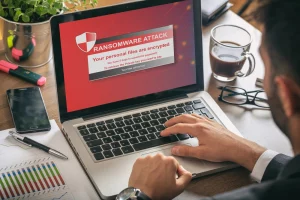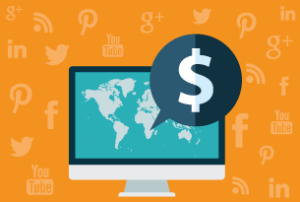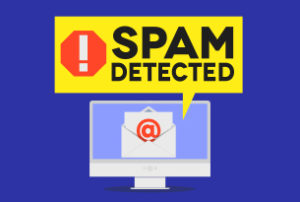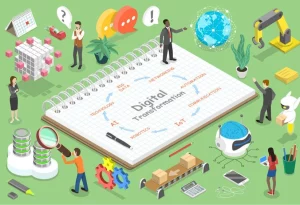Picture this scene from a few decades ago: you’re working in your office, and your assistant bursts in, with an important announcement: You’ve received… a FAX! The correspondence was critically important – and you were too.
Then a few years later, the FAX was replaced by AOL’s chirpy voice, announcing to all, “You’ve got mail!”
Today, email is so ubiquitous that the novelty has completely worn off. In fact, if you are like most people who are flooded with junk mail, email has completely overstayed its welcome. If your organization uses email to market or provide customer service, you probably are beginning to question the effectiveness of the channel. And will it also go the way of the FAX, Telex machine, or the horse-and-buggy?
Consider this the eulogy for traditional email: in five years it will no longer exist. Consider:
- Internet Service Providers conservatively estimate that 77% of all email traffic is spam. The cost of this filtering is huge, and not economically sustainable.
- The high level of filtering – by ISPs, Companies, and users – means that many “good” emails never reach their destination.
- Regular email is paid for by the receiver, which means there is no economic disincentive to send mammoth amounts of email.
- Regular email is easily spoofed: hackers can easily change the “from” details behind the scenes, causing the recipient to think that the mail was actually from someone else.
- There is no way to prove that the sender actually sent the email (non-repudiation) or that the receiver actually received it (proof of delivery.)
- Regular mail is insecure: unless you resort to heroic measures, there is no guarantee that the email wasn’t copied or tampered with en route. For this reason, email-based ecommerce by companies has been stunted, but millions of regular people unknowingly send their passwords and credit cards via email..
- The rise of the Social Networks means that some conversations now happen as posts and comments.
- Many of the Social Networks (Facebook and LinkedIn prime amongst them) have their own “walled garden” internal email systems, where authentication, non-repudiation, terms of service and security have weaned many emails away from the public email system.
What might email look like in a five years? Or rather, what must happen for email to survive?
The cost of email must transfer from the receiver to the sender. As it will be unlikely that this will happen everywhere, look for the move to a two-tier email system. The first tier would be a trusted, authenticated, non-reputiable, sender-pay system, with practically no spam and an exceptionally high open rate; businesses would deliver invoices, account status, and other secure correspondence. And users would be able to see their email with complete formatting, pictures, forms, and some built-in functionality. The second tier would be a shadow of the current system, but relegated to an even lower priority for ISPs (and consumers), as the economic justification for email filtering (ISPs) or wading through the spam (consumers) would no longer would exist.
For traditional marketers, a forced march away from the mighty email list might seem scary, but all is not lost.
Remember that the goal of email is to improve the relationship. Begin looking for alternative modes of communication: Twitter, Facebook, LinkedIn, YouTube, and the many other social networks. Ramp up the relevance of your blog, then encourage people to read (and comment on) it. Finally, remember that developing relationships is best not done in bulk: a stronger personal connection is only possible on the phone and in person. (And if this doesn’t work, you can always try sending a FAX… if you can find one.)
This week’s action plan: What does it take for you to cut through the clutter and be heard? And what are you doing to reach beyond traditional email, just in case? Interestingly, the answer to these questions is the same: this week, develop your relationships across several channels, so that each channel reinforces the other – and protects you in case email truly becomes unusable.

